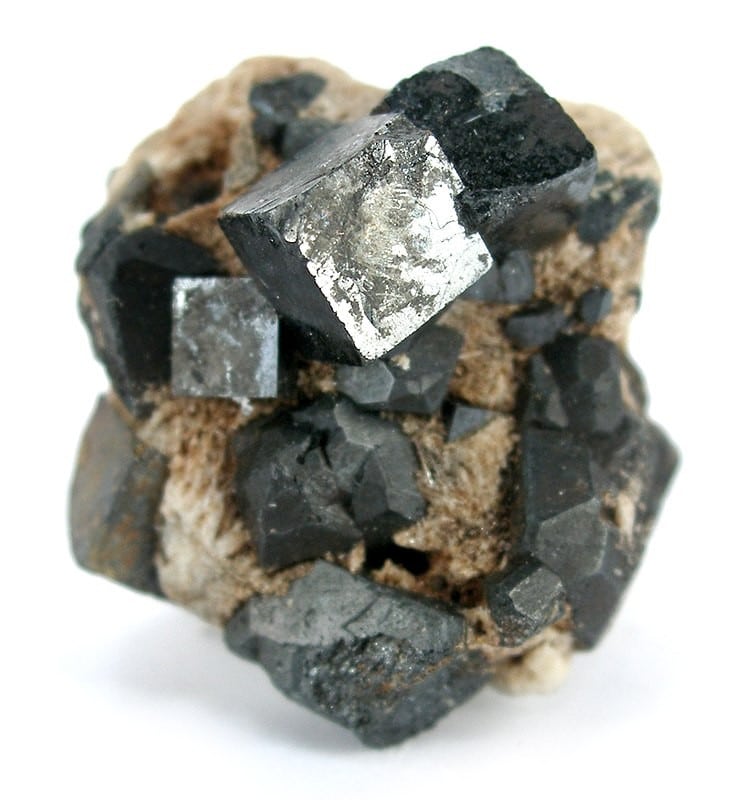In the fast-moving development of perovskite solar cells, lead-based materials have led the way in terms of performance, reaching efficiencies beyond 25%. And the push for the commercialization of the technology has also focused on lead-containing materials, in particular methylammonium lead-triiodide.
Lead is only present in these materials in small amounts and unlikely to cause a serious environmental issue. However, the toxicity of the material has pushed many researchers to investigate alternatives. Varying the metal component in the perovskite can also allow researchers to tune the material to different bandgaps, a desirable feature for all perovskite tandem cells.
Tin-based perovskites are the closest behind lead, but the gap is still quite large with tin perovskites so far struggling to break the 10% mark. Researchers have stated that tin’s tendency to react with oxygen makes it a more difficult material to work with. New research from the Maulana Azad National Institute of Technology in Bhopal, India, however, finds that tin-based perovskites come with plenty of potential, provided the right combination of other cell materials and optimizations can be found.
Solar simulations
Scientists at the institute modeled the performance of a 1cm² solar cell comprising methylammonium tin triiodide absorber, copper oxide hole transport layer, and titanium dioxide electron transport layer. Their simulations show that, with greatly reduced defect densities in the absorber layer, such a cell could reach as high as 28.39%.
The scientists accept that producing a material with such low defect density would not be easy, at values that have been observed experimentally the device reached 18.36%, and at only a slightly higher level it could be increased to 24.54%. The simulation also concludes that 500 nanometers is the optimal thickness for such a cell.
Full details of the various simulations carried out at the institute are found in the paper Device simulation of highly efficient eco-friendly CH3NH3SnI3 perovskite solar cell, published in Scientific Reports.
The research helps to reveal potential new pathways to optimizing tin-based perovskite solar cells, particularly in terms of ideal thickness and the materials for other cell layers. “Reducing the defect density and improving the Sn2+ stability of absorber layers are the critical issues for future research, which might be resolved by refining the device's fabrication techniques,” the scientists conclude. “The reported CH3NH3SnI3-based PSC provides a viable path to realizing environmentally benign, low-cost, and high-efficiency perovskite solar cells.”
This content is protected by copyright and may not be reused. If you want to cooperate with us and would like to reuse some of our content, please contact: editors@pv-magazine.com.




By submitting this form you agree to pv magazine using your data for the purposes of publishing your comment.
Your personal data will only be disclosed or otherwise transmitted to third parties for the purposes of spam filtering or if this is necessary for technical maintenance of the website. Any other transfer to third parties will not take place unless this is justified on the basis of applicable data protection regulations or if pv magazine is legally obliged to do so.
You may revoke this consent at any time with effect for the future, in which case your personal data will be deleted immediately. Otherwise, your data will be deleted if pv magazine has processed your request or the purpose of data storage is fulfilled.
Further information on data privacy can be found in our Data Protection Policy.